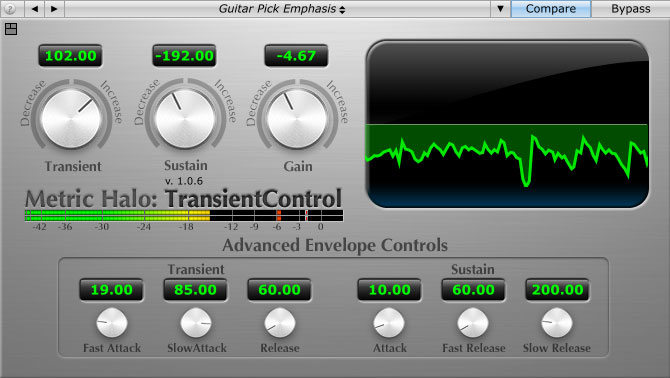I've got various compressors for drum compression - SKnote Disto, Waves H-Comp, Roughrider, the ones free with CM (Hornet FET is one, eaReckon's CM-COMP is another), even Stillwell's Event Horizon at a push. Do I need to bother with transient shaping? I can't find any pros that mention transient shaping as part of their arsenal (but would very much appreciate links to interviews, if there are any).
Should mention that I'm producing electronic/dance music, with a rocky influence. Child of the big beat era
I don't work with any live recordings at all, so compression is about punch & presence, rather than levelling out a varying recording.




